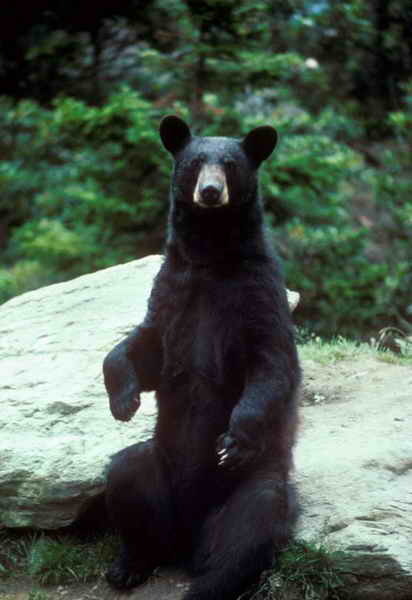Predicting for the Return of West Texas Black Bears

Black Bears were once so numerous in West Texas that is was possible to shoot several per day. As late as the 1930’s there were 200 black bear in the Davis Mountains alone. These animals were an integral part of an ecological system which supported far more animal numbers and animal species like elk, deer, pronghorn and bighorn, than today.
Black bears are generally thought to be a danger to humans and livestock. No doubt, at times they are. But that is greatly exaggerated. In the Big Bend black bears are dependant on plants for food in all seasons in the year. Their winter diet is almost exclusively plant matter: 98%. In spring diet shifts slightly to animals: 16%. But vegetation is still their dominant food: 82%. In summer and fall black bear eat 86% plant material, and only 11% animal material. The composition of the plant matter changes seasonally with lots of acorns and persimmon in the fall and lots of cactus and berries in the summer.
And the animal material comes primarily in the form of caterpillars, insects, small mammals and a very small amount of deer and javalina.
Along with other predators, bear are an important force to balance animal numbers. We can spend millions of dollars trying to eliminate species like aoudad, an effort which will ultimately fail and in the meantime bankrupt us, or, we can allow predators like bear, panthers, bobcats, wolves and coyotes to control them, for free.
Please take a moment to read the article below:
If the article above does not load please find it available here ->
